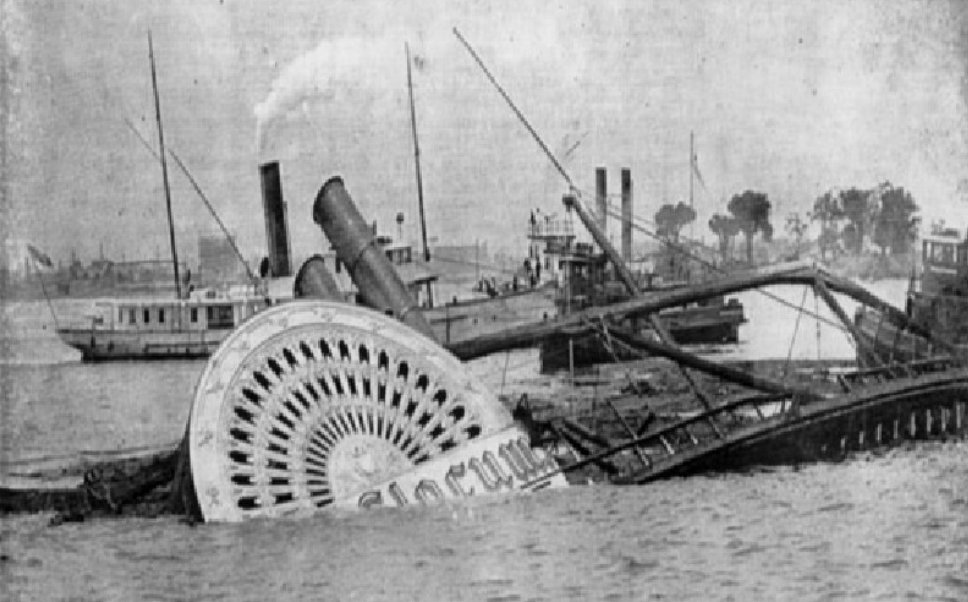The Weekly Reflektion 33/2024
Getting the basics right in any activity or task is an all encompassing intention that is easy to state, important to implement, however often difficult to put into practice. Then a major accident occurs, the follies are exposed and the outrage drives change, despite some entrenched resistance. It is unfortunate that so many people need to suffer for us to see the light.
Do you get the basics right?

The PS General Slocum was a passenger steamboat built in Brooklyn, New York, in 1891. On June 15, 1904, General Slocum caught fire and sank in the East River of New York City. At the time of the disaster, she was chartered to carrymembers of St. Mark’s Evangelical Lutheran Church to a church picnic. An estimated 1,021 out of the 1,342 people on board died, most were women and children. The General Slocum disaster was the worst maritime disaster of the 20th century until the Titanic surpassed it eight years later in 1912.
The fire started in the forward cabin or Lamp Room and was most likely caused by a discarded cigarette or match. The fire was fueled by straw, oily rags, and lamp oil strewn around the room. The fire was first noticed at 10 a.m., and eyewitnesses noticed fires in various locations, including a paint locker filled with flammable liquids and a cabin filled with gasolinedrums. Captain Van Schaick was not notified until 10 minutes after the fire was discovered. A 12-year-old boy had tried to warn him earlier but was not believed. After he was notified of the fire, Van Schaick ordered full speed ahead; approximately 30 seconds later, he directed the pilot to beach the ship on North Brother Island. Following this last command, Van Schaick descended to the hurricane deck and remained there until he was able to jump into shallow water after the ship was beached. The captain did not go down with the ship.
The owners had not maintained or replaced the ship’s safety equipment. The main deck was equipped with a firewater standpipe connected to a steam pump, but the linen fire hose attached to the forward end of the standpipe had been allowed to rot and burst in several places when pressured up. When the crew tried to change out the linen hose for a rubber hose, they couldn’t remove the linen hose coupling, so they gave up their firefighting efforts. The crew had not practiced a fire drill that year so were unaware of the status of their firefighting equipment. The flames engulfed the vessel within 20 minutes of the fire starting.
The lifeboats were inaccessible as they were wired and painted in place. The life preservers (life vests) were made of substandard cork and filled with scrap iron to meet the minimum weight requirements for the life preservers. They provided no buoyancy for the passengers that jumped overboard. Many of the women jumped into the water, however their heavy clothing prevented them keeping afloat. Most could not swim, since it was not ladylike for a woman to swim, so women were not encouraged to learn.
Good housekeeping, ensuring firefighting systems and safety equipment function, following up on deviation reports, and assurance that people have proper training seem pretty basic. However, add the dimensions of profit, complacency and culture, and the basics can be compromised.
